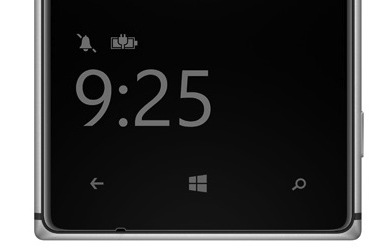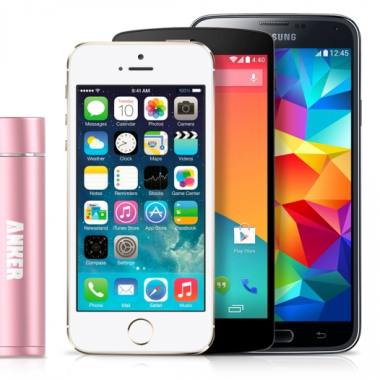
User story: over 60 and reading under the covers
They were a party of five ladies, all attired in the sort of sensible, outdoor clothing one acquires from advertisements in the back pages of a Sunday supplement. All were over 60 and their leisurely, mid-morning stop at a countryside cafe suggested they were unfettered by the routine of a day job.
Their conversation was bounded by common interests: walking, grandchildren and events in the community. It ranged familiar territory: household items ordered from John Lewis to menus they were planning for family gatherings. This a segment of rural life in 2015: well-off retirees who have relocated from expensive suburbs and, aided by home delivery services, living a life of comfortable consumerism. The grandchildren visit for holidays, winters are spent on organised tours to warmer climes and the weekdays are occupied with a programme of local clubs.
The conversation began to focus in on the walking holiday the group were planning. Footwear and airport transfers were discussed before talk turned to reading material.
“I do miss the feel of a book in my hand,” said one. “But I just wouldn’t be without the Kindle now.”
“Oh yes,” agreed another member of the party. “Which do you have?”
“The glowing one,” she replied. “It is a godsend. I can read now without bothering my husband at night. We can switch off the light and I can carry on reading. I used to toss and turn for hours when I couldn’t sleep, and now I can read whenever I like.”
I’ve heard similar observations from people of all ages. Almost anyone who has a long-term partner encounters this situation, where different sleeping patterns emerge and an unspoken etiquette develops around reading before bed, and increasingly, about the use of digital devices in the bedroom.
The Kindle is an intriguing example of a single purpose device which is managing to survive the familiar canabilisation process which has seen cameras, portable audio players and personal navigation devices amalgamated into smartphones.
It is, of course, entirely possible to access all the same content you can read on a Kindle using a smartphone or tablet. However, many choose not to, continuing to favour a dedicated Kindle device, primarily because of the seemingly small nuances of their display characteristics.
The e-ink screens of the Kindle do not emit light through back-lit pixels in the same way as smartphone screens. In daylight, you are seeing reflected light from the Kindle’s screen, which is more restful on the eyes. Even the back-lit models, like the one used by this lady while her husband was asleep, use a soft glow, rather than lighting each individual pixel. Research has found the emitted light of the LCDs and OLED panels found on most TVs, phones and computers affects our brains’ ability to wind down in the evening, reducing the quality of sleep. Kindles don’t have that problem.
It also highlights the importance of environment, both physical and social, on the overall user experience. The physical low light of the bedroom has clearly influenced this lady’s choice of the Kindle, while the social context of approval – in this case, the degree to which her reading affected her partner – has all played a bigger role in her purchasing choice than specifications, the convenience of a single device or the additional cost of buying a separate reader.




+ There are no comments
Add yours